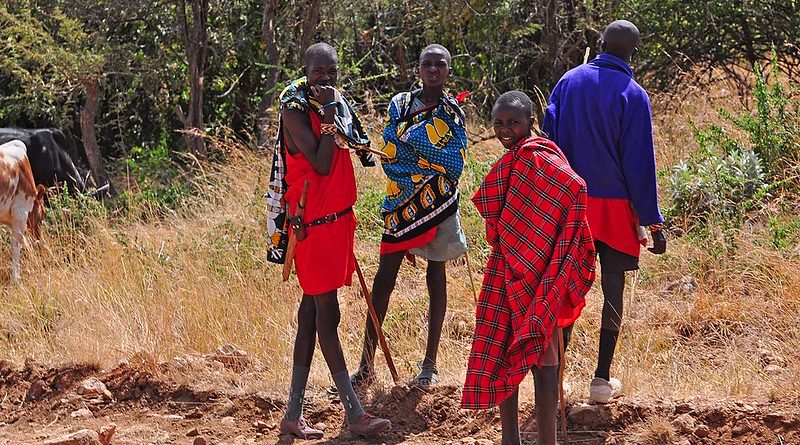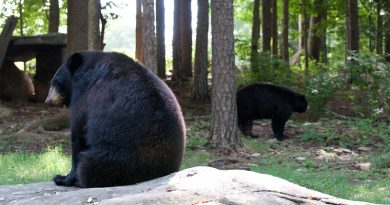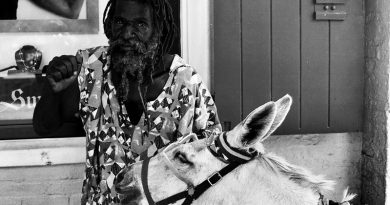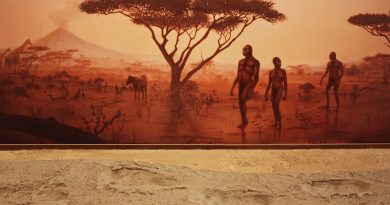The Most Spectacular Show on Earth: Masai Mara
Nature Facts
Where: Southwest Kenya, on border of Tanzania near Nairobi
When: July – September for the migration of wildebeest
Wildlife: Giraffes, elephants, lions & big cats, wildebeest, buffalo, zebra & hyena
Best Experience: Luxurious balloon safari to safely witness the tramplings of 1.5 million wildebeest
The Masai Mara, or the ‘Mara’ as it is more commonly known, is the most popular game reserve in Kenya and one of the most famous in Africa which has been immortalised in books and films such as Out of Africa. The reason is not surprising – the Serengeti here is at its most dramatic and plays host to a plethora of wildlife. In July and August the great migrations take place across the Serengeti plains and create one of the most spectacular shows on earth. This is a natural phenomenon that is not to be missed, both a humbling and unique experience as you feel extremely insignificant amongst the vast space and millions of wildebeest.
History
The Masai Mara area has suffered from its fair share of controversy. The reserve was created in the 1960’s and set aside as a game reserve. However this conflicted with the Maasai, one of Kenya’s main tribes, as it caused a huge displacement of their villages and livestock. The Mara was originally one of the grazing areas for Maasai livestock and manyatta. A manyatta is a livestock camp that Maasai boys build after circumcision and spend a few years in to complete their transition to manhood. The move by communal government to set aside this land reduced and destroyed the Maasai concepts of communal land. Presently there are ongoing conflicts about land ownership and the effects of tourism on the traditional Maasai practices.
Wild life
The main reason the park is so popular is because of the variety, number and accessibility of wildlife. The Mara is one of the few places in Kenya where you can see large cats and even observe prides of lion hunting, especially around Musiara swamps. Even the elusive cheetahand leopard seem to be a little more willing to show themselves. The park is also teeming withbuffalos, zebra and various antelopes. Impala, wildebeest, Grant and Thomson gazelle, Kirk’s dik – dik and Topi roam in groups. One of the main differences in Kenya from Southern parts of Africa is that it is far harder to spot Black Rhino and they are at a greater risk from poaching by ivory traders. The common Masai giraffe mingle with baboons, families ofelephants, warthogs and hyena in areas with more trees. It is hardly surprising then that tourists flock to the park in high season.
Travel
If you are travelling to the park, it is better to have your transport. It is possible to get to the park through the nearest town of Narok by matatu bus or hitching to either the Sekenani(about 50 miles) or Talek (about 65 miles) gates. However there is no public transport inside the park so you will have to rely on hitching. This is fine in the high season but not advised in the low season as even during peak periods it can take days. Your best bet is to hire a four wheel drive vehicle, then you will find some of the tracks easier to manoeuvre.
Camping
There are very few campsites in the park itself. The Olooaimutiek Campsite costs 200 ksh ($2.50 US) and provides an askari (guard), which is useful if you want to leave your belongings. It is about halfway between Olooaimutiek Gate and the Mara Sopa Lodge. There are a number of campsites outside the park near the Mara River outside the Oloololo Gate. These are real budget places and have no security meaning you are easily susceptible to both human and baboon theft.
Be prepared
It is best to stock up on drinking water and petrol in either Narok or Nairobi. The Mara Sarova Lodge near Sekenani Gate and Mara Serena Lodge near the Musiara andOloololo Gates both sell petrol but at inflated prices. The lodges themselves are worth looking at or stopping for a drink as these are two of the finest examples of luxury accommodation in the park. Many people suggest off road driving, however this has been causing damage and erosion to areas of the reserve so visitors are urged not to. It is also important to remember that if you are planning your own safari around the Masai Mara that many roads become impassable during the rainy season. It is important to plan your route carefully and avoid any river crossings.
Other things to see and do
There are a few other attractions in the park: the Maasai village near Oloolaimutiek gate gets pretty crowded and can be a fairly depressing spectacle. A slightly less commercial alternative is to take a walk with a Maasai moran (warrior) around the periphery of the reserve to observe wildlife and visit a village. Talek is a good place to make enquiries about this and remember on top of guide fees there may be a charge for crossing Maasai land.
At the other end of the scale are balloon safaris, which are a fantastic experience. These start at around US$ 380 and can be arranged through the Fig Tree Camp on the Talek gate side. Viewing game and the migrations from above is a breathtaking experience that is a worthwhile luxury.
It is also worth remembering that there are a number of airstrips in the Masai Mara, with flights leaving twice daily from Nairobi. It is worth considering this option if you have booked accommodation in advance as it offers spectacular views. Prices start at US$ 100 for a one-way ticket.
MORE INFORMATION
Masai Mara.com
All sorts of useful information on the Mara from climate, fauna and flora to ordering a cold beer in Swahili. A good general website that focuses on the game reserve.
Kenyalogy Website
A brilliantly detailed website that gives a comprehensive list of lodging, campsites and descriptions of attractions such as the migration. There are also some stunning photographs.
The Masai Mara Website
A really good flash site for shoppin gin the Masai Mara. If you can’t make it to Kenya, you can still buy a small part of the experience.
African Safari and Travel Inc.
A good resource for before you plan a safari package. Lots of hotel, lodge and safari operator listings.
By Electra Gilles




